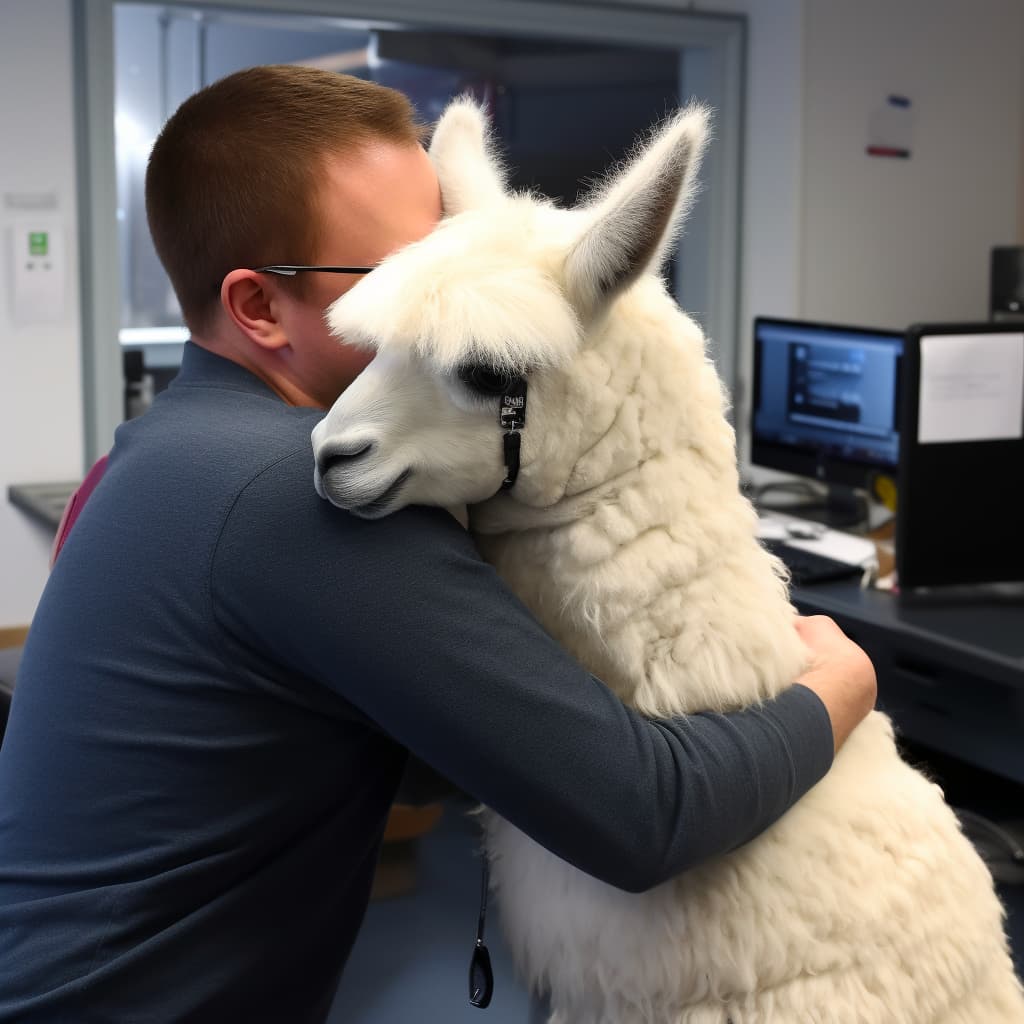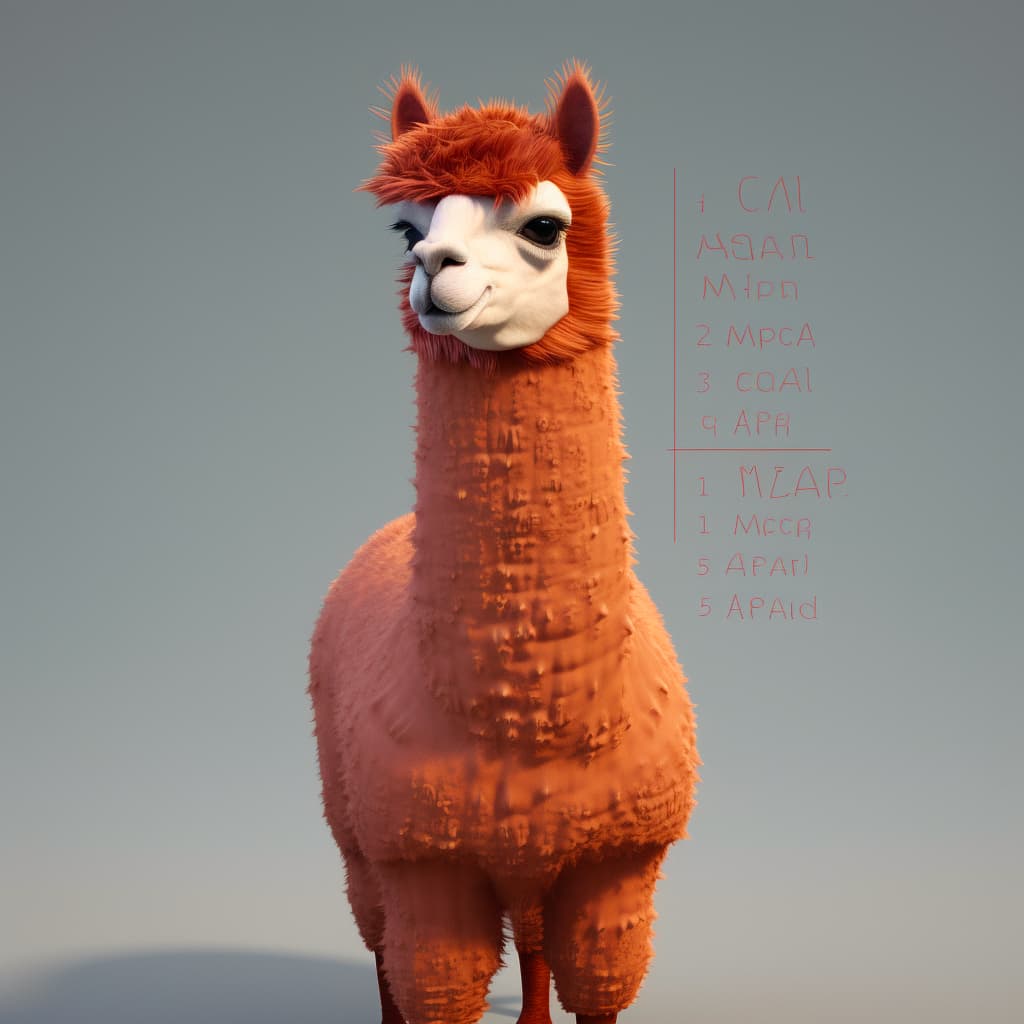

Fine-tuning LLaMA Models with Hugging Face's Framework
Unveiling Alpaca
A groundbreaking instruction-following language model that rivals OpenAI's text-davinci-003 in performance but costs under $600 to reproduce.
Bridging the gap
Alpaca empowers the academic community to tackle pressing challenges in AI safety and language model research without breaking the bank.
Encouraging exploration
With an interactive web demo and open access to the model's data and training recipe, Alpaca paves the way for innovation and collaboration in the AI research community.
Researchers from the Center for Research on Foundation Models (CRFM) at Stanford have developed a new instruction-following language model called Alpaca. It is designed to be accessible for the academic community and to facilitate further research on addressing the deficiencies of existing instruction-following models like GPT-3.5, ChatGPT, Claude, and Bing Chat.
Alpaca is fine-tuned from Meta's LLaMA 7B model on 52K instruction-following demonstrations. Its performance has been found to be qualitatively similar to OpenAI's text-davinci-003 while being surprisingly small and cost-effective to reproduce (less than $600). The training recipe, data, and a web demo of the model are being released, with the intention of releasing the model weights in the future.

To create the Alpaca model, researchers generated 52K instruction-following demonstrations using OpenAI's text-davinci-003, building upon the self-instruct method. The LLaMA models were fine-tuned using Hugging Face's training framework, and the cost of the entire process was less than $500 using the OpenAI API.
Preliminary evaluation of Alpaca was conducted by the authors through a blind pairwise comparison with text-davinci-003, and the two models showed very similar performance. However, Alpaca exhibits common deficiencies found in language models, including hallucination, toxicity, and stereotypes.

Alpaca is intended only for academic research, and commercial use is prohibited. The team behind Alpaca hopes that the release of this model will enable the academic community to perform controlled scientific studies and develop new techniques to address the limitations and improve the safety of AI systems.
Collaboration and innovation
The Alpaca project encourages collaboration and innovation among researchers. By making the model's training recipe, data, and web demo available to the public, it fosters an environment where AI researchers can learn from one another and build upon existing work to address the challenges in AI safety and language model research.
Through the development and release of Alpaca, the CRFM at Stanford aims to bring AI research closer to the academic community and create a more level playing field in the world of AI development. By bridging the gap between academia and cutting-edge AI technology, the project strives to contribute to a more equitable and diverse AI research community.
Future directions
As Alpaca continues to evolve and improve, there are several key areas the researchers plan to explore. They intend to investigate the model's weaknesses, particularly its susceptibility to hallucination, toxicity, and stereotypes. They also plan to address concerns around access and usage restrictions, as they believe a broader and more diverse community of researchers will contribute to the development of better and safer AI systems.
The Alpaca project signifies an essential step towards more accessible AI research and the pursuit of AI safety. It demonstrates the potential for cost-effective, high-quality language models that can be tailored to specific tasks, while also encouraging collaboration and innovation within the academic community. As AI technology continues to advance, projects like Alpaca will play a crucial role in shaping a more inclusive and responsible future for AI.
